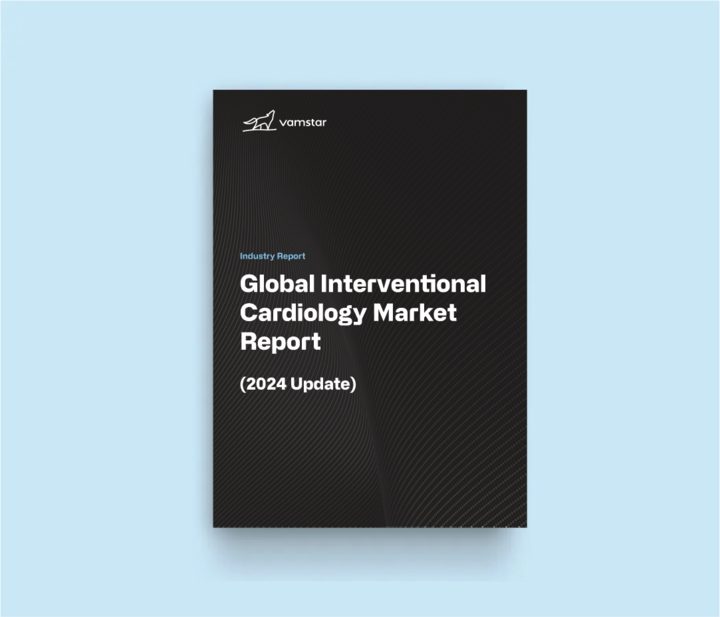Tag: Japan
3 minutes read
Addressing Regulatory Challenges in Japan and China: Insights for Drug Approvals and Market Approaches

Japan and China’s pharmaceutical sectors come with distinct regulatory hurdles that greatly shape how drugs are approved and marketed. For companies looking to tap into these profitable markets, it’s vital to grasp the intricacies of their frameworks.
Understanding Regulatory Systems
Drug approvals in China are managed by the National Medical Products Administration (NMPA). While recent reforms aim to simplify procedures, obstacles remain—especially regarding foreign clinical trial data. The NMPA often requires data from local clinical trials to ensure a drug’s safety and efficacy specifically for the Chinese population. This reflects the regulator’s focus on clinical data that accounts for ethnic variations.
Japan’s regulatory body, the Pharmaceuticals and Medical Devices Agency (PMDA), also emphasises localised data. Even though Japan has implemented the Electronic Common Technical Document (eCTD) system for harmonised submissions, the PMDA may still require data proving how the Japanese population responds to a drug. Factors like unique metabolic and efficacy profiles often necessitate additional local trials.
Clinical Trial Considerations
The demand for localised data pushes companies to involve Japanese and Chinese participants in global clinical trials from the outset. This strategy can help avoid approval delays and reduce costs linked to follow-up local trials. The growing prominence of the Asia-Pacific clinical trials sector, predicted to hit $93.42 billion by 2032, reinforces the region’s critical role in global drug development strategies.
Actionable Strategies for Success
Pharmaceutical businesses must adopt well-planned strategies to address regulatory and market complexities in Japan and China. Here’s how they can adapt:
- Include Local Populations Early: Incorporating Chinese and Japanese patient groups into global clinical trials from the beginning creates essential localised data, helping streamline the approval process.
- Build Relationships with Regulators: Maintaining open and ongoing communication with the NMPA and PMDA allows companies to stay updated on requirements and adjust accordingly.
- Stay Updated on Regulatory Reforms: Keeping track of policy changes, such as China’s efforts to reduce drug approval delays, ensures companies can pivot their strategies swiftly.
- Collaborate with Local Entities: Partnering with Contract Research Organisations (CROs) and local institutions can help companies better handle regulatory requirements and improve trial execution efficiency.
By taking these proactive measures, pharmaceutical companies can effectively manage Japan and China’s complex regulatory environments, paving the way for accurate market forecasts, enhanced approval processes, and successful market entries.
Accelerate Your Market Access Journey
Ready to streamline your pricing, reimbursement, and regulatory strategies? Leverage Vamstar’s AI-driven solutions to accelerate product entry and maximise commercial success. Contact us today to discover how we can enhance your market access strategy.
Get in touch with us
Please provide your details and we’ll contact you
Other Articles
6 minutes read
Japan’s Ascendancy in Digital Health: A Model for Global Innovation
A Wave of Technological Ingenuity
Japan’s prowess in technology has been a cornerstone of its economic and social fabric, reflected vividly in its digital health sector. As of 2024, the digital health market in Japan is projected to reach $6.15 billion, starkly overshadowing China’s $54 million. This growth is fuelled by a deep-rooted technological culture that has pioneered advancements in areas from electronics to robotics, now ingeniously pivoted towards healthcare.
Companies such as Takeda are at the forefront, transforming how diseases like Parkinson’s are monitored through innovations like the “Care for One” integrated solution. This app-based technology, leveraging the Apple Watch, allows for continuous monitoring of symptoms, enhancing the accuracy and personalisation of treatment plans.
Moreover, Japan’s commitment to digital therapeutics (DTx) is evident through strategic partnerships and significant investments. Giants like Shionogi and Sumitomo Pharma are collaborating with global entities to advance digital solutions for complex health challenges, including mental health disorders.
An Aging Population: A Catalyst for Change
With over 29% of its population aged 65 or older, Japan faces unprecedented demographic challenges. This aging landscape is driving the need for scalable, efficient healthcare solutions.
Digital health technologies, including AI-powered diagnostic tools and mobile health applications, offer vital solutions.
For instance, the AI device nodoca by Iris, designed for rapid influenza diagnosis, exemplifies how Japan is leveraging technology to cater to its elderly, providing quick and non-invasive health assessments.
Proactive Policies Propel Progress
Japan’s government has been instrumental in cultivating a fertile environment for digital health. Since amending the Pharmaceutical Act in 2014, there has been a robust push towards embracing digital therapeutics. Startups like CureApp have thrived under this regime, receiving the first Japanese regulatory approval for a nicotine addiction treatment app, and subsequently for a hypertension management application.
These initiatives are part of a broader strategy to integrate digital health solutions into the national healthcare framework, supported by policies that streamline approvals and offer financial incentives for adoption. Such proactive governance not only fosters local innovation but also sets a precedent for regulatory frameworks globally.
Cultural Embrace of Technology
The integration of technology into daily life is a defining feature of Japanese culture. From early adopters of personal electronics to current applications in digital health, the societal embrace of innovation plays a critical role in the seamless adoption of new technologies. This cultural trait continues to facilitate the integration of advanced digital health tools, from sophisticated wearables to telemedicine platforms, into everyday healthcare practices.
Conclusion: Japan as a Global Beacon in Digital Health
Japan’s strategic approach to digital health, characterised by an integration of technological innovation, proactive policies, and a supportive culture, not only addresses its unique demographic challenges but also sets a benchmark for global healthcare practices. As digital health continues to evolve, Japan’s model provides invaluable insights for nations aiming to leverage technology to enhance healthcare delivery and outcomes. As we observe Japan’s advancements, it is clear that its journey in digital health is not just about national transformation, but a beacon for global health innovation.



























